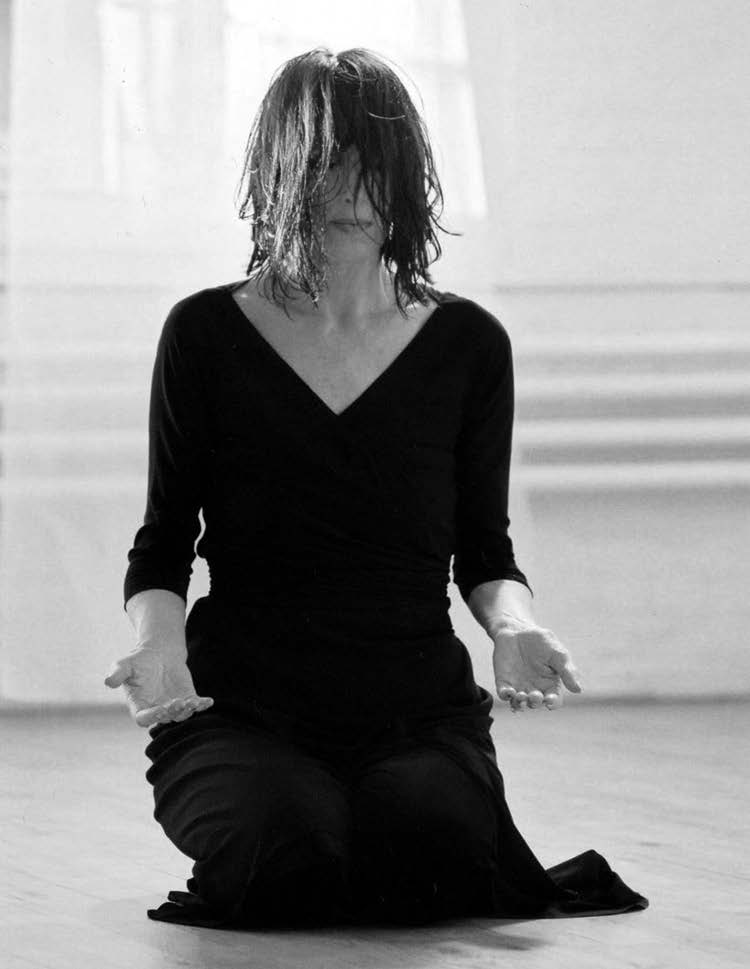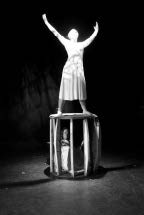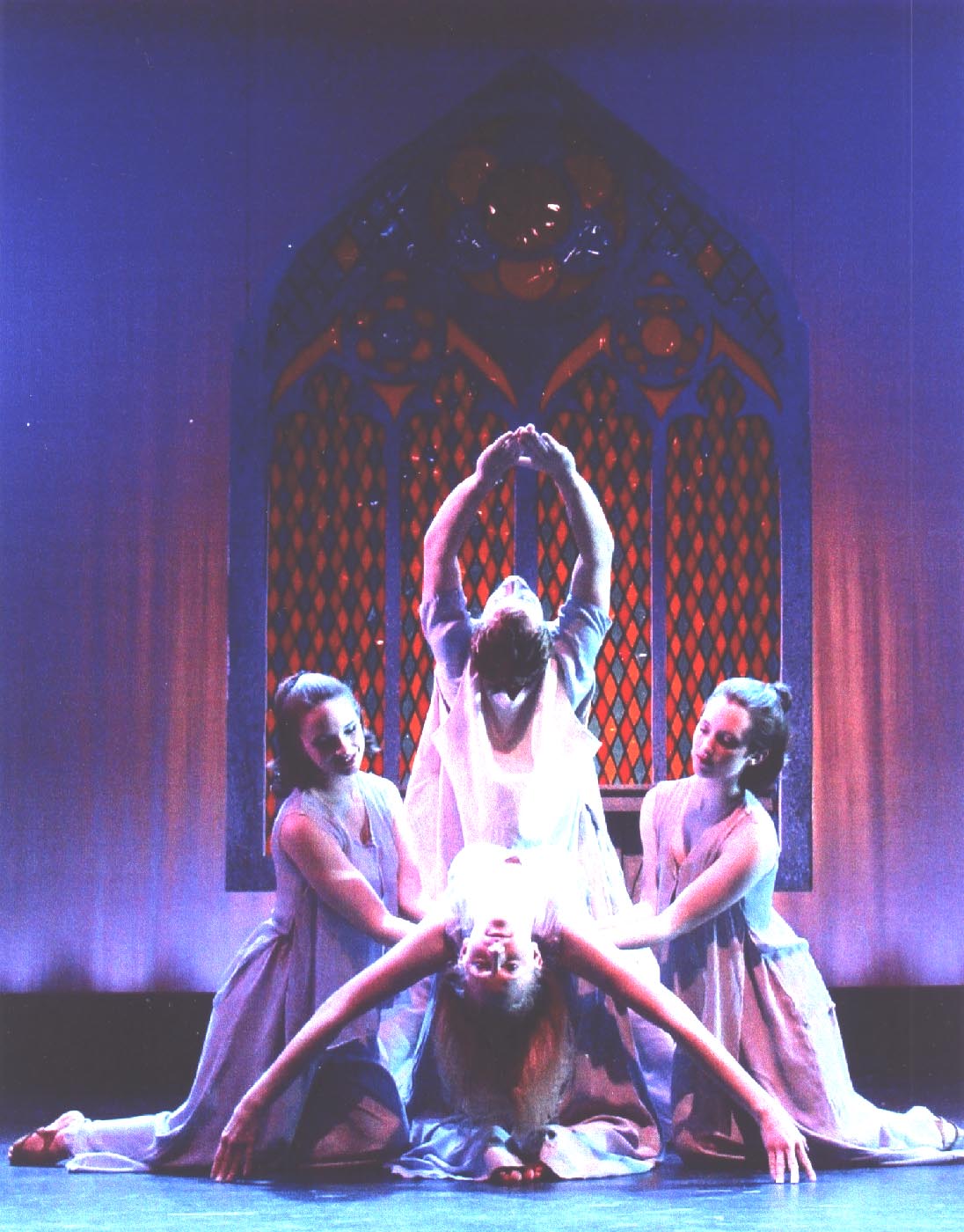
Haiku originated in thirteenth century Japan. From its inception, the goal of haiku has been to create a connection with the natural world. That deep relationship to nature has lead many to describe haiku as a spiritual path. Usually, each haiku establishes a sense of season in collaboration with another image to stir the feelings and the imagination of the reader.
Like dreamwork, haiku is a vehicle for spiritual insight. It frames the experience of one insightful moment in a single breath. The world of the senses unites with the world of nature in haiku, as an offering from the heart.
The language of haiku is condensed, distilling a powerful experience into just three lines. As in dreamwork, haiku is written in the present tense. The flow of consciousness in haiku and dreams is not necessarily logical or linear. The intelligence that governs both is that of intuition.
As the most concentrated, shortest form of poetry, the focus of haiku is on images. Like dreamwork, haiku imagery has many layers and is multi-sensory. The symbolic value of the image enables the haiku poet to share a moment that was deeply touching with brevity.
Just as you can invite dream imagery to play in your conscious mind all day, haiku can be explored in a similar manner. If you approach each haiku in a relaxed state by dropping into your own breath and releasing distractions, you can open your heart and engage your active imagination. Experiment with reading a poem silently first, then out loud a couple of times. This approach enables you to cross the threshold of consciousness and to embrace the images as they appear in your mind’s eye. Try not to analyze the poem. Just let the first two lines create their impression, while the third sometimes offers an insight or a surprise. Then, if you choose, you can take that haiku with you and mull over the images throughout the day. Enjoy the journey!
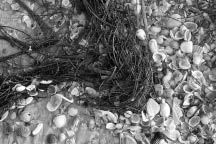 ocean lullaby
ocean lullabyrhythmically to and fro -
dance with me, my love
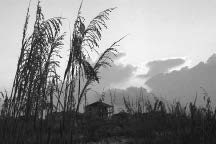 ocean breezes blow
ocean breezes blowsleeping man anchors his kite -
awaken to life
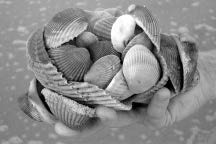 ocean pilgrimage
ocean pilgrimageamongst the shells and seaweed -
wisdom pursues you
first Mother’s Day gift -
tiny reaching fingers grasp
luminescent breast
Gulf of Mexico
surf’s monologue—ebb and flow
a kind of silence
lone stork — frozen stance
suspended timeless moment
whom do you await
pelicans silhouetted
against the sunset -
in V-formation
bronze sun worshipper
glimmering with fragrant oils -
your lover, the sun
tide rolling toward shore
cresting, crashing, colliding -
souls dissolve in foam
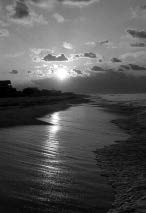 sunrise beach comber
sunrise beach comberfistful of buried treasures -
which direction home
adolescent dream
swallowed by enormous fish -
who will rescue me
wide eyes peer at me
rising out of surface sand
awaken morning
conch shell oracle
raised anxiously to my ear -
awaiting answer
lost in books’ pages -
summer’s sweet forgetfulness
ah, timeless moments
blonde curly headed boy
diving deep into the sea -
what treasures you find
hammock suspended
August’s heat lulls occupant -
dreams are having you
rainy summer night -
overwhelmed, the woman sighs
do not survive, thrive
black widow nightmare -
slow sensuous seduction
sucked into vortex
birthday visitor -
snake peers in upstairs window
what gift do you bring
summer fantasies -
boughs of rocking willow tree
manifest for me
Photography by Randy Elkins
References:
Forges-Ryan, S. & Ryan, E. (2002). Take a deep breath: the haiku way to inner peace. Kodansha International: Tokyo.
Hardy, J. (Ed.) (2002). Haiku: poetry ancient & modern. Boston, MA: Tuttle Publishing.
Higginson, W. with Harter, P. (1985). The haiku handbook: how to write, share, and teach haiku. Tokyo: Kodansha International.
Strand, C. (1997). Seeds from a birch tree: writing haiku and the spiritual journey. NY: Hyperion.




